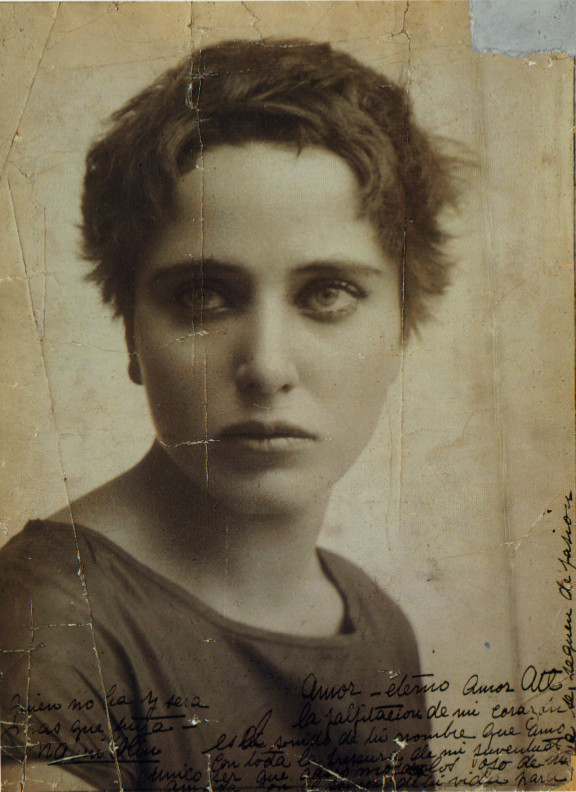Sešit pro umění, teorii a příbuzné zóny (2007–) [Czech]
Filed under journal | Tags: · activism, aesthetics, art, art history, art theory, contemporary art, curating, czech republic, participation, theory



“Sešit pro umění, teorii a příbuzné zóny je periodikum zaměřující se na současné vizuální umění v širším kulturním a teoretickém kontextu. Cílem Sešitu je kultivovat domácí reflexi umění tištěním odborných textů z oblasti humanitních a společenských věd, které tematizují současnou situaci umění a živé kultury u nás i v zahraničí. Sešit z principu není metodologicky vymezen; rozhodujícími měřítky jsou kvalita, podnětnost a relevance pro reflexi současného vizuálního umění.”
Edited by Václav Magid
Editorial board: Claire Bishop, Claudia Joles, Tomáš Pospiszyl, Jiří Ševčík, Martin Škabraha
ISSN 1802-8918
Issue 1-2 (2007, single PDF, texts by Patricie C. Phillips and Peter Bürger are missing)
Issue 4-5 (2008, single PDF, 75 MB, texts by Jonathan Crary and Steven Best/Douglas Kellner are missing, added on 2014-2-10)
Issue 8 (2010, single PDF)
Issue 9 (2010, single PDF)
Issue 10 (2011, single PDF, added on 2014-2-10)
Issue 11 (2011, single PDF, added on 2014-2-10)
Selected texts in PDF
Krisis: Journal for Contemporary Philosophy, 3: Civil Disobedience (2012)
Filed under journal | Tags: · activism, disobedience, occupy movement, philosophy, politics, protest, resistance, theory

“Some of the most prominent theories of civil disobedience, e.g. those of Rawls and Habermas, highlight its primarily or even exclusively symbolic character. This, however, seems to reduce civil disobedience to a purely moral appeal. On a theoretical as well as on a practical level we are today faced with the question whether civil disobedience requires a moment of real confrontation for it to be politically effective. It seems that civil disobedience does in fact have an irreducible symbolic dimension, but that it cannot be reduced to this dimension, because without moments of real confrontation it would also lose its symbolic power and turn into a mere appeal to the conscience of the powers that be. The articles in this special section highlight various of the challenges and possibilities the theory and practice of civil disobedience is confronted with today, from the question whether Paraguayan campesinos have a right of necessity also to uncivil actions via the political potential of the apparently criminal behaviour of marginalized migrants and the effects of ‘hermeneutic invisibility’ on the public nature of civil disobedience to the effects rise of ‘art activism’ on the relation between the social and the artistic and the situatedness of the bodies of protesters in relation to changing police tactics.
In ‘The Misadventures of Critical Thinking’ Jacques Rancière explores the anti-emancipatory effect of an artistic and theoretical critique that specializes in unmasking how all attempts at critique are always already anticipated and incorporated by ‘the system’, suggesting that we should instead focus on what he calls ‘scenes of dissensus’. As Joost de Bloois argues in his comment on Rancière’s text, however, this analysis might not only underestimate the complexity of this unmasking critique, it also seems to run into some of the same problems it diagnoses.
In our interview with Wendy Brown we discuss the emancipatory potential as well as the theoretical and political limits of the notions of democracy and communism, the paranoid practice of walling with which states seem to compensate their waning sovereignty, the Occupy movement and the danger of Oedipalization, the varieties of secularism, and the responsibility of teaching.”
Published in Amsterdam, 2012
101 pages
via Jappe Groenendijk
Nahui Olin: una mujer de los tiempos modernos, 2nd ed (1993) [Spanish]
Filed under book, catalogue | Tags: · activism, art, art history, literature, mexico, painting, poetry

Extensive catalogue of an exhibition of Mexican artist’s model, painter and poet Carmen Mondragón, also known as Nahui Olin (1893-1978). She is considered one of the talented and revolutionary women who formed the 1920s and 1930s in Mexico by activism and creativity, like Guadalupe Marín, Antonieta Rivas Mercado, Frida Kahlo, Tina Modotti, Lupe Vélez and María Izquierdo.
Publisher Museo Estudio Diego Rivera, Mexico, 1993
ISBN 9682946697
173 pages

